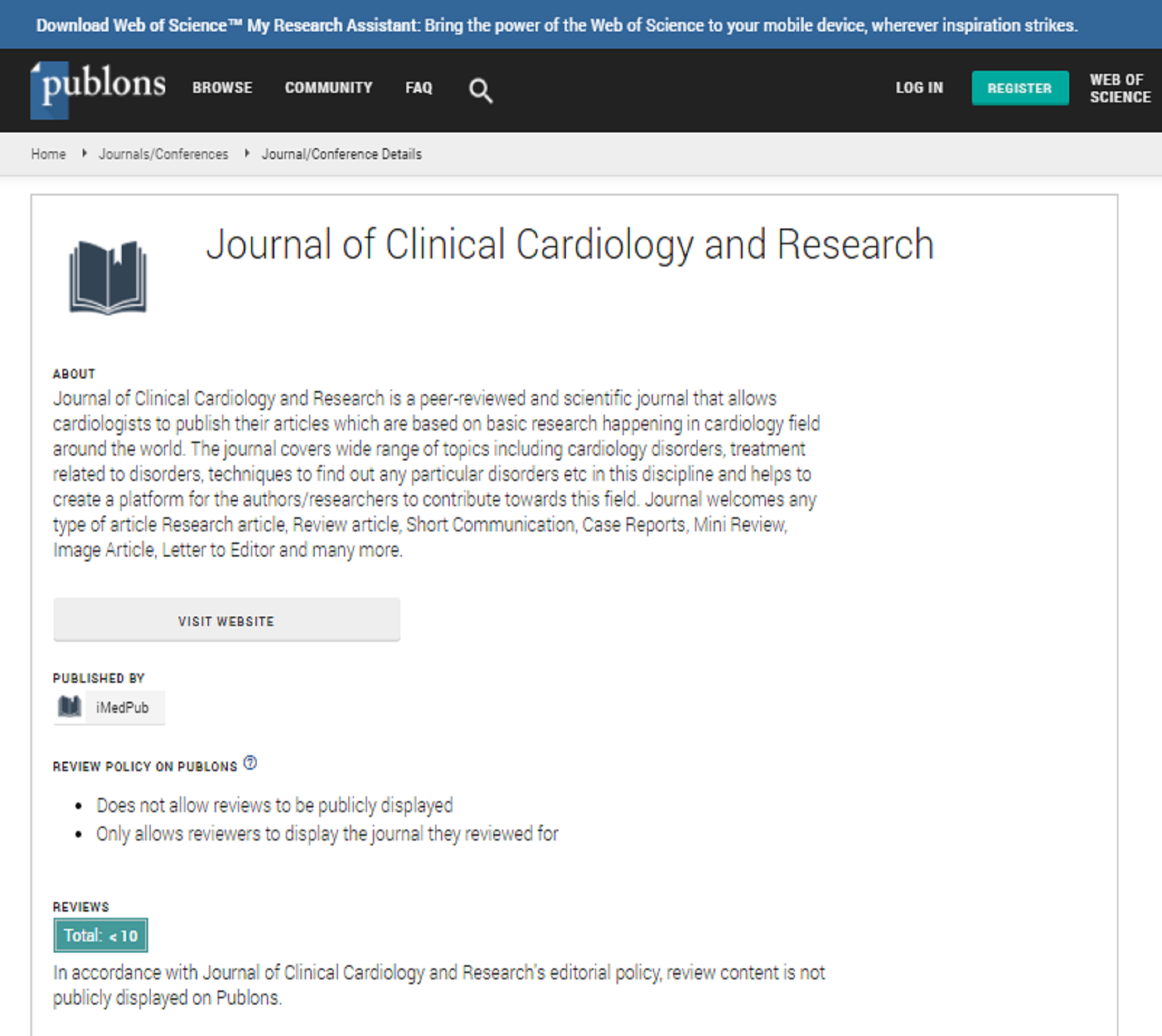Abstract
Prevalence of ischemic heart diseases in patients with chronic hepatitis C infection among Egyptian population
Introduction:
In Egypt, the situation is very critical. Hepatitis C virus constitutes an epidemic in Egypt which is having the highest prevalence in the world. In all other countries, the prevalence of HCV constitutes 1% to 2% of the population. There are a few exceptions where the prevalence of HCV is 3%. In Egypt however, the prevalence of HCV is 14.7%. The association between HCV infection and Coronary Artery Diseases (CAD) is less clear with different studies showing conflicting results, a small number of studies have reported no association between HCV infection and CAD. On the other hand other studies have reported an increased risk of CAD in HCV patients.
Aim:
The aim is to study the relation and severity of CAD in patients with chronic HCV infection.
Methods:
This cross sectional study was conducted during the period from June 2013 to September 2015 in Medical Specialized Hospital (MSH), Mansoura University, Egypt. The study included 200 patients with chronic HCV who attended hepatitis virology clinic and were referred to cardiology clinic for evaluation of their cardiac complaint. An informed consent was obtained from all patients and the protocol was approved from the Ethical Committee of Faculty of Medicine, Mansoura University. Chronic HCV was defined by the presence of anti-HCV antibodies and measurable serum HCV-RNA by PCR >15 IU/ml for 6 months, according to Fibro Scan, F0-F1: Absent or minimal liver fibrosis; F2: Significant liver fibrosis has occurred and spread inside the areas of the liver including blood vessels; F3: Severe liver fibrosis which is spreading and connecting to other liver areas that contain fibrosis; F4: Cirrhosis or advanced liver fibrosis. Based on the result of the previous coronary angiography and revascularization procedure it was reviewed that, the severity of CAD is based on the severity of coronary
lesion and the location of this lesion according to the Gemini score. Score (1): for lesions 1%–25% stenosis; Score (2): for lesions 26%–50% stenosis; Score (4): for lesions 51%–75% stenosis; Score (8): for lesions 76%–90% stenosis; Score (16): for lesions 91%–99% stenosis and Score (32): for total occlusion.
Based on the result of the previous coronary angiography and revascularization procedure it was reviewed that, the severity of CAD is based on the severity of coronary
lesion and the location of this lesion according to the Gemini score. Score (1): for lesions 1%–25% stenosis; Score (2): for lesions 26%–50% stenosis; Score (4): for lesions 51%–75% stenosis; Score (8): for lesions 76%–90% stenosis; Score (16): for lesions 91%–99% stenosis and Score (32):for total occlusion.
Results:
Data were analyzed by SPSS version 21. ANOVA test was used to compare mean of more than 2 groups; while Kruskal Wallis H Test was used for comparison of median of more than two groups. Patients were classified into 3 groups according to severity of liver fibrosis assessed by Fibro Scan, Group 1 (34 patients) constitutes 17% of the studied group, Group 2 (59 patients) constitutes 29.5% of the studied group and Group 3 (107 patients) constitutes 53.5% of the studied group. Patients with non-significant lesions were 21 patients representing (28.4%), while patients with significant lesion were 53 patients representing (71.6%). According to the number of vessels affected with significant lesions, patients who showed single vessel disease were 20 patients, with double vessel disease were 18 patients, and with triple vessel disease were 15 patients. Patients in Group 2 and Group 3 had statistically more severe atherosclerosis regards to Gemini Score (p: 0.006)
Author(s): Doaa Helmy
Abstract | PDF
Share This Article
Google Scholar citation report
Journal of Clinical Cardiology and Research peer review process verified at publons
Abstracted/Indexed in
- Google Scholar
- Publons
Open Access Journals
- Aquaculture & Veterinary Science
- Chemistry & Chemical Sciences
- Clinical Sciences
- Engineering
- General Science
- Genetics & Molecular Biology
- Health Care & Nursing
- Immunology & Microbiology
- Materials Science
- Mathematics & Physics
- Medical Sciences
- Neurology & Psychiatry
- Oncology & Cancer Science
- Pharmaceutical Sciences

